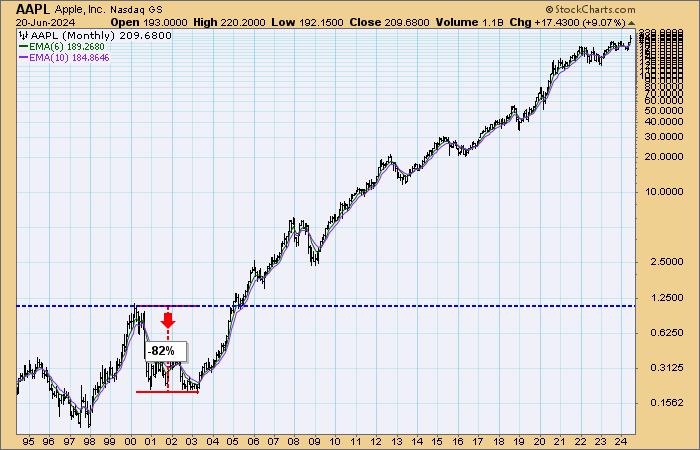Body:
Dot-com Bubble and the Deja Disaster
The late 90s and early 2000s witnessed an unprecedented rise and sudden collapse of the Internet sector, an event known as the dot-com bubble. During this era, investors were eager to pour their money into any company associated with the internet due to the extravagant predictions of rapid future growth. However, amidst the buzz of the new internet economy, many companies met their downfall, and one such company was Deja.com.
Established in 1995, Deja.com started as a marketplace for both new and used goods but soon transformed into a service platform. It operated Deja News, a large-scale operation of archiving Usenet discussions, an early online discussion system, where users could search and participate in these conversations. The company aimed to utilize this user-generated information for enabling better consumer choices.
In its glory days, Deja.com was a popular platform for users because it provided not only a platform to discuss and share, but also a simplified search feature that was well ahead of its time. The company succeeded in compiling an unprecedented collection of user viewpoints, opinions, and reviews, a standard concept in today’s times but revolutionary back in the 90s.
However, despite its innovative service, Deja.com fell prey to a consequential yet common problem during the dot-com bubble- the lack of a sustainable business model. The company relied heavily on advertising revenue yet failed to attract sufficient advertisers due to its niche userbase. Although the Usenet discussions provided significant value, the potential to monetize this content was not clearly defined. This lack of clear monetization strategy combined with extravagant operating costs triggered financial instability within the company.
Following several unsuccessful attempts to procure additional funding and facing increasing competition from tech giants who started to offer similar services without charge, Deja.com began its severe economic downfall. Contrary to its ambition to create a new type of online marketplace, the company found it difficult to not only generate money from the platform but also keep its users active. After numerous failed attempts to gain financial stability, Deja.com initiated a sale of its assets.
In February 2001, one of its biggest competitors, Google, purchased the archive of Usenet discussions from Deja.com to extend their text search capabilities. With this asset acquisition, Google introduced Google Groups, which included the complete archive of Deja.com. The remaining parts of Deja.com were sold off to different companies, marking the end of what was once a promising dot-com player.
The Deja.com disaster is an eye-opening chapter in the history of the dot-com bubble. It delivers important lessons about internet-based companies’ sustainability and growth. Despite offering an innovative service, the inability to effectively monetize the platform was the key factor that led to the company’s downfall. It serves as a reminder that while innovative ideation is crucial, a well-defined, viable business model is equally significant in the longevity of a company’s success.




